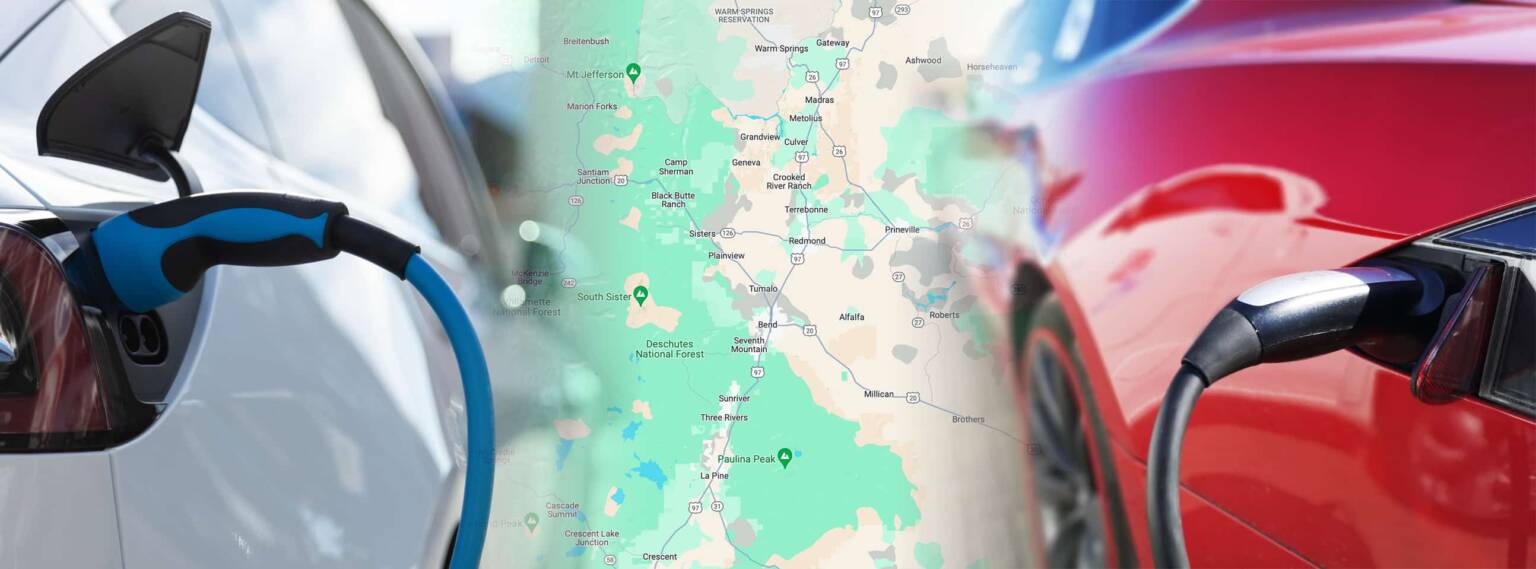JAMIE MILLER
August 18, 2020
In 2020, it seems as though every aspect of society is being re-conceptualized, especially in terms of progressing our future towards sustainability. In the building sector, tiny homes, communal workspaces and converted vans are just a few advancements that are reshaping the industry and replacing traditional building designs. There is one revolutionary concept however, that stands out not only as an innovative trend, but also a construction that could turn the tides of climate change. This groundbreaking structure is referred to as a Zero Net Energy Building (ZNE Building).
Learn more about Zero Net Energy at the FREE and VIRTUAL GoCleanEnergy.org Conference starting Sept. 28!

Figure 1: Zero Net Energy cycle – Energy.gov
What Is a Zero Net Energy Building?
According to Energy.gov, Zero Net Energy Buildings “combine energy efficiency and renewable energy generation to consume only as much energy as can be produced onsite through renewable resources over a specified time period.” Simply put, ZNEs are extremely energy efficient buildings that can offset the energy usage through renewable resources implemented on or around the building. When conditions are not suitable for energy generation, the building will draw energy from the electrical grid to meet its needs. When conditions improve, the onsite renewable energy system will cover the building’s energy needs, and send excess energy back into the grid to make up the balance. Over the course of a year, the building should give back as much as it takes.
Why Do We Need Zero Net Energy Buildings?
Residential and Commercial buildings account for nearly 40% of all carbon emissions in the world. In New York alone, buildings represent 70% of the city’s emissions! Most of a building’s energy consumption falls into essential utilities such as: lighting, AC, heating, ventilation, and powering appliances and electronics. The UN Intergovernmental Panel on Climate Change (IPCC) has stated that “rapid and far-reaching” changes are necessary in avoiding the irreversible damage of global warming. Considering the Building Sector’s significant contribution to global emissions, it is essential to reduce energy consumption in order to face these environmental challenges.
Designed with energy efficiency as a priority, and fueled through renewable energy sources, these buildings have improved thermal climate, air quality, and a more reliable structure. They save money through reduced or eliminated electricity bills, and provide tax credits to builders and owners. Most importantly, both energy optimization and renewable systems are much healthier for the planet due to saving resources, longer lasting sustainable design, and of course, eliminating greenhouse gas emissions.
How To Create Zero Net Energy Buildings?
Many tools and resources have been developed to help builders and homeowners make the transition to Zero Net Energy. The following 3 tools are just a few of the market-ready solutions that stand out as must-haves in the ZNE building process!
- Community Solar Business Case Tool
Solar photovoltaic installations (solar panels) are essential in providing energy to a ZNE building, however not every building needs to have panels installed onsite. Community Solar provides solar energy from a “host site” to members through a voluntary program, allowing individuals, businesses or anyone else with an electricity bill to buy or lease a share of the community solar installation. Once subscribed to the program, they can start accessing energy for their building.
Additionally, host sites can use the Community Solar Business Case Tool, a financial model that can simultaneously estimate the financial impact of installing solar panels, and gauge the amount of potential interest required to justify the installation expense. For example, if it costs $50,000 to install and maintain solar panels for 10 years, the ZNE can use this tool to determine that it will require at least 15 subscribers to make this investment profitable.

Figure 2: Community Solar Business Case Tool – ElevateEnergy.org
- Building Energy Optimization Tool
To accurately optimize a building for energy efficiency, it is valuable to apply the Building Energy Optimization Tool (BEOT). This software uses simulation-based analysis to evaluate residential building designs and identify energy saving opportunities. This tool can be utilized on new building construction, as well as existing homes. BEOT is programmed to locate minimum-cost design improvements to maximize energy savings.
- The Embodied Carbon in Construction Calculator (EC3) Tool
The goal of zero net energy not only applies to the operation of the building, but also the building construction process. Supply chain methods are typically large offenders of carbon emissions, and the transportation of materials is important to keep track of. To ensure that the construction of a ZNE building is carbon neutral, the EC3 Tool can help.
The EC3 tool is an open access data resource which offers benchmarks, assessments, and reductions in the emissions of moving construction materials. This tool collects data from verified sources such as construction estimates, BIM models, and Environmental Product Declarations, to provide details for low carbon supply chain options.
Takeaway:
Thinking about how popular culture depicts successful societies of the future, we never imagine a world of dirty smoke stacks, dried up bodies of water and humans trapped inside or underground due to hazardous sunrays and toxic air. Instead, we imagine utopias where the natural elements and humans’ mastery of them coexist in harmony. Before arriving at this brilliant future, we must first address our need to maintain habitable dwellings in a sustainable and carbon-negative manner. As we continue to build up our cities around the world, we need to implement policies and laws requiring the use of zero-net energy buildings for all commercial and residential buildings.



